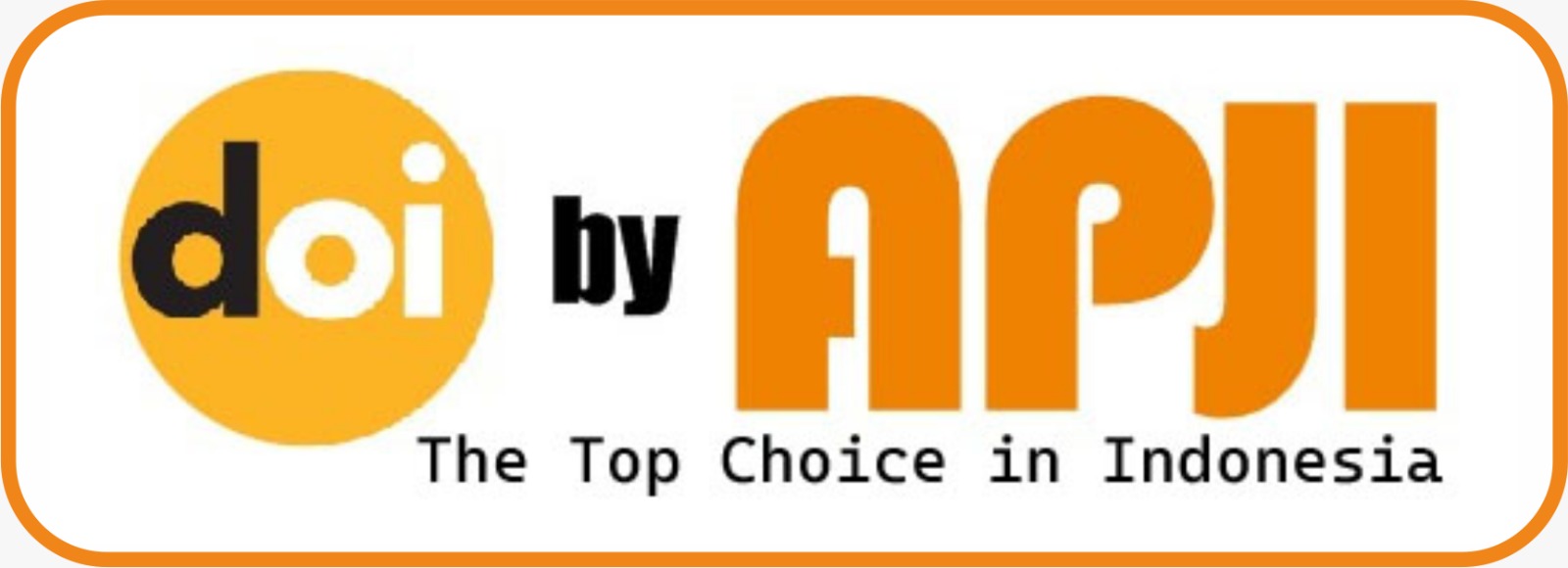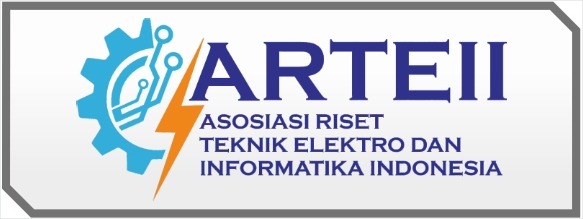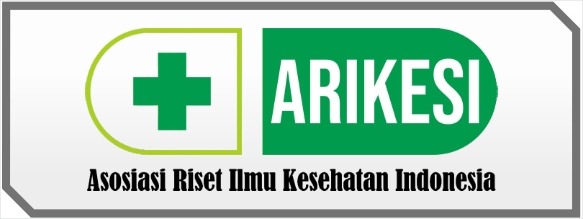Author Guidelines
Title
Firstname Lastname 1, Firstname Lastname 2, Firstname Lastname 3,*
1 Department of …, Faculty of …, Name University, City, Country; e-mail@e-mail.com
2 Department of …, Faculty of …, Name University, City, Country; e-mail@e-mail.com
3 Department of …, Faculty of …, Name University, City, Country; e-mail@e-mail.com
Correspondence: e-mail@e-mail.com; if multiple corresponding authors, add author initials (F.L.).
Received: Date; Accepted: Date; Published: Date
Abstract
For research articles, abstracts are crucial in providing a concise yet informative overview of the study. A single paragraph of about 250 words maximum. We recommend authors adopt a structured abstract format, sans headings, comprising the following elements: (1) Background—situating the addressed question within a broader context and elucidating the study's purpose; (2) Methods—succinctly outlining the primary methodologies or treatments applied; (3) Results—providing a condensed summary of the main findings presented in the article; and (4) Conclusions—articulating the principal interpretations or conclusions drawn from the study. The abstract must remain an objective representation of the article, refraining from including results that are not thoroughly presented and substantiated in the main text.
Keywords: Keyword 1; Keyword 2; Keyword 3 (List three to ten pertinent keywords specific to the article, yet reasonably common within the subject discipline.)
-
Introduction
The introduction should briefly place the study in a broad context and highlight its importance. Define the purpose of the work and its significance. Review the current state of the research field and cite key publications. Highlight controversial or diverging hypotheses when necessary. Finally, briefly mention the main aim of the work and highlight the principal conclusions. Keep the introduction comprehensible to scientists outside your field of research. References should be numbered in order of appearance and indicated by numerals in square brackets, e.g., [1] or [2,3], or [4–6]. See the end of the document for further details on references. -
Materials and Methods
Materials and Methods should provide sufficient detail to allow others to replicate and build upon the published results. Note that publication implies making all materials, data, computer code, and protocols associated with the publication available to readers. Disclose any restrictions on availability of materials or information at the submission stage. New methods and protocols should be described in detail, while well-established methods can be briefly described and cited appropriately. Research manuscripts reporting large datasets deposited in publicly available databases should specify where data were deposited and provide relevant accession numbers. If accession numbers are not yet obtained at submission, state they will be provided during review and must be provided prior to publication. Interventional studies involving animals or humans and other studies requiring ethical approval must list the authority that provided approval and the corresponding ethical approval code. -
Results and Discussion
This section may be divided into subsections. Provide a concise and precise description of experimental results, their interpretation, and experimental conclusions that can be drawn.3.1. Subsection
3.1.1. Subsubsection
All figures and tables should be cited in the main text as Figure 1, Table 1, etc.(a)
(b)
Figure 1. This is a figure. Schemes follow the same formatting. If multiple panels, list as: (a) Description of the first panel; (b) Description of the second panel. Figures should be placed in the main text near their first citation. A centered single-line caption is appropriate.Table 1. This is a table. Tables should be placed in the main text near their first citation.
-
Conclusions
This section is mandatory, added to the manuscript even if the discussion is unusually long or complex. Provide a succinct summary of the study's findings and their implications.
Funding
Please state: “This research received no external funding” or “This research was funded by NAME OF FUNDER, grant number XXX”. Ensure accuracy of details and use standard spelling of funding agency names from https://search.crossref.org/funding. Errors may affect future funding.
Acknowledgments
Acknowledge any support not covered in author contributions or funding sections, including administrative and technical support or donations in kind (e.g., materials used for experiments).
Conflicts of Interest
Declare any conflicts of interest or state “The authors declare no conflict of interest.” Identify any personal circumstances or interests that may influence interpretation of research results. Disclose any funder role in study design; data collection, analysis, or interpretation; writing; or decision to publish. If no role, state “The funders had no role in the study design; data collection, analysis, or interpretation; writing of the manuscript; or decision to publish the results.”
References
References must be numbered in order of appearance (including tables and legends) and listed individually at manuscript end. Use bibliography software (e.g., Mendeley, EndNote) to avoid typing errors and duplicate references. In-text citations use square brackets (…), placed before punctuation; e.g., (Nurdin et al., 2019), (Peng et al., 2018; Rilda et al., 2020), (Parrino et al., 2020; Wu & Ren, 2020). Follow American Psychological Association (APA) style for references.
Example:
Journal:
Nurdin, M., Maulidiyah, M., Muzakkar, M. Z., & Umar, A. A. (2019). High performance cypermethrin pesticide detection using anatase TiO2-carbon paste nanocomposites electrode. Microchemical Journal, 145, 756–761. https://doi.org/10.1016/j.microc.2019.01.019
Peng, T., Ray, S., Veeravalli, S. S., Lalman, J. A., & Arefi-Khonsari, F. (2018). The role of hydrothermal conditions in determining 1D TiO2 nanomaterials bandgap energies and crystal phases. Materials Research Bulletin, 105, 104–113. https://doi.org/10.1016/j.materresbull.2018.04.021
Book:
Parrino, F., Pomilla, F. R., Camera-Roda, G., Loddo, V., & Palmisano, L. (2020). Properties of titanium dioxide. In Titanium Dioxide (TiO2) and Its Applications. Elsevier.
Wu, A., & Ren, W. (2020). TiO2 nanoparticles: Applications in nanobiotechnology and nanomedicine. John Wiley & Sons.
Ensure citations and references in supplementary files also appear in the reference list.





















